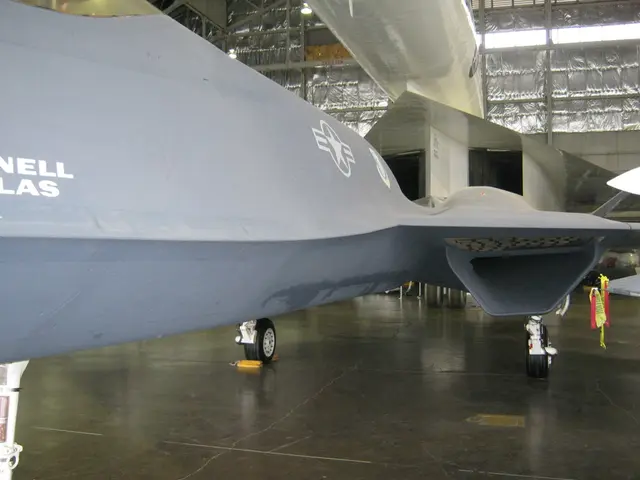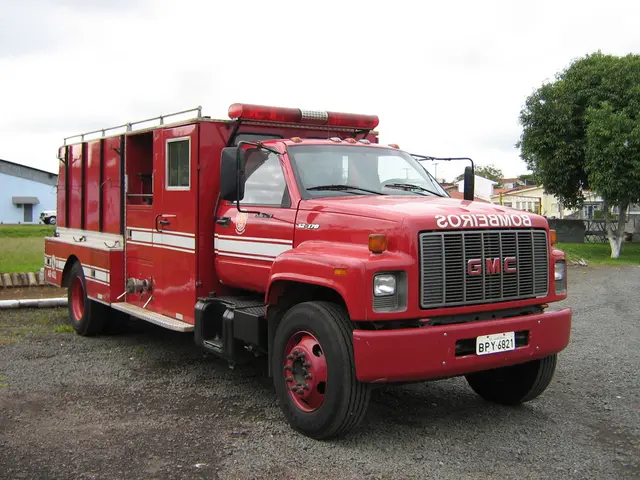AI-RAN Alliance Aims to Boost Operator Confidence with Real-World Tests
The AI-RAN Alliance is pushing for wider adoption of AI in Radio Access Networks (AI-RAN) by addressing operator concerns about independently verified returns and field-proven performance. With revenues projected to reach US$6.18 billion by 2032, AI-RAN's potential is significant, but operators need more evidence to drive adoption.
The debate around compute architecture—GPU vs CPU vs custom silicon—is influencing AI-RAN decision-making across markets. To boost confidence, the AI-RAN Alliance plans real pilot deployments with Tier One operators, standardizing benchmarks, and publishing clear comparisons across architectural solutions.
Currently, operator adoption is cautious due to the lack of independently verified returns and field-proven performance results. Existing AI-RAN pilots, such as SoftBank's AITRAS platform and NVIDIA's pilots in Shenzhen, lack third-party validation of systemwide cost savings and performance improvement. The AI-RAN Alliance aims to change this with more extensive real-world testing.
The global telecom infrastructure market is set for significant transformation with AI in Radio Access Networks (AI-RAN). Demonstrating cost savings and performance in various environments—urban, rural, remote—is crucial for building trust and moving to widespread commercial deployments by 2030.
The AI-RAN Alliance, with over 80 vendor members, is working to address operator concerns and drive adoption. With revenues projected to reach US$6.18 billion by 2032, the potential of AI-RAN is substantial. By facilitating real pilot deployments, standardizing benchmarks, and publishing clear comparisons, the Alliance is helping to build trust and pave the way for widespread commercial deployments by 2030.








